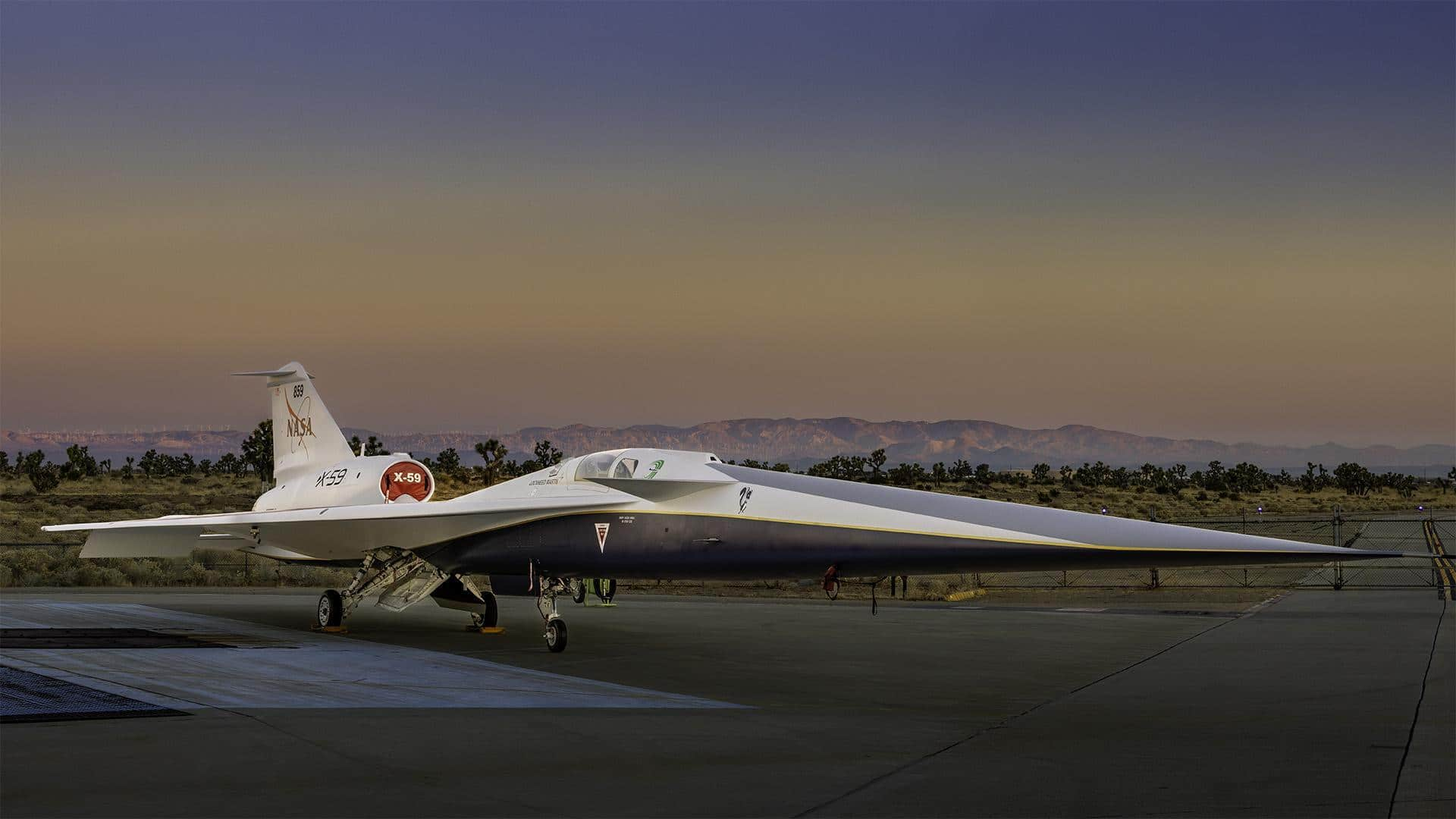
How NASA's X-59 supersonic jet could revolutionize air travel
What's the story
NASA and Lockheed Martin recently tested their experimental supersonic jet, the X-59. The aircraft took off from Palmdale, California, and flew over the Mojave Desert before safely landing near NASA's Armstrong Flight Research Center. While this test was subsonic (below the speed of sound), it confirmed the aircraft's structural performance and handling. The flight is considered a major milestone in making supersonic passenger travel a reality again.
Sonic boom
Why are supersonic flights banned?
Supersonic jets have been around since the late 1940s, but their loud sonic booms have prevented them from flying over populated areas. These shockwaves occur when planes fly faster than 1,235km/h and have led to bans on supersonic flights over land in the US and other countries. The X-59 is designed to fly at supersonic speeds while producing only a "gentle thump" instead of an explosive noise.
Design details
The X-59's 1st flight
The X-59, which is about 100 feet long, was built at Lockheed Martin's Skunk Works facility. This week's test flight was a critical first step in demonstrating the aircraft's readiness for future tests. These will focus on flying the jet at supersonic speeds over select communities to gauge public response to its reduced noise signature. If successful, it could pave the way for a new generation of commercial jets that combine speed with silence.
Aircraft specifications
How big is the X-59?
The X-59 is a single-seat, single-engine jet that is nearly twice as long as an F-16 fighter jet but with a slightly smaller wingspan. It will cruise at Mach 1.4 (around 1,489km/h) at an altitude of 55,000 feet, nearly double the height and speed of typical commercial airliners. The cockpit and ejection seat come from the T-38 jet trainer, its landing gear from an F-16, and the control stick from the F-117 stealth attack aircraft.
Cockpit technology
How will the X-59 go supersonic?
The most striking change on the X-59 is its fully enclosed cockpit for maximum aerodynamic efficiency. The pilot watches a camera feed of the outside world on a 4K monitor known as the eXternal Visibility System. In future tests, NASA will gradually increase speed and altitude until it goes supersonic.